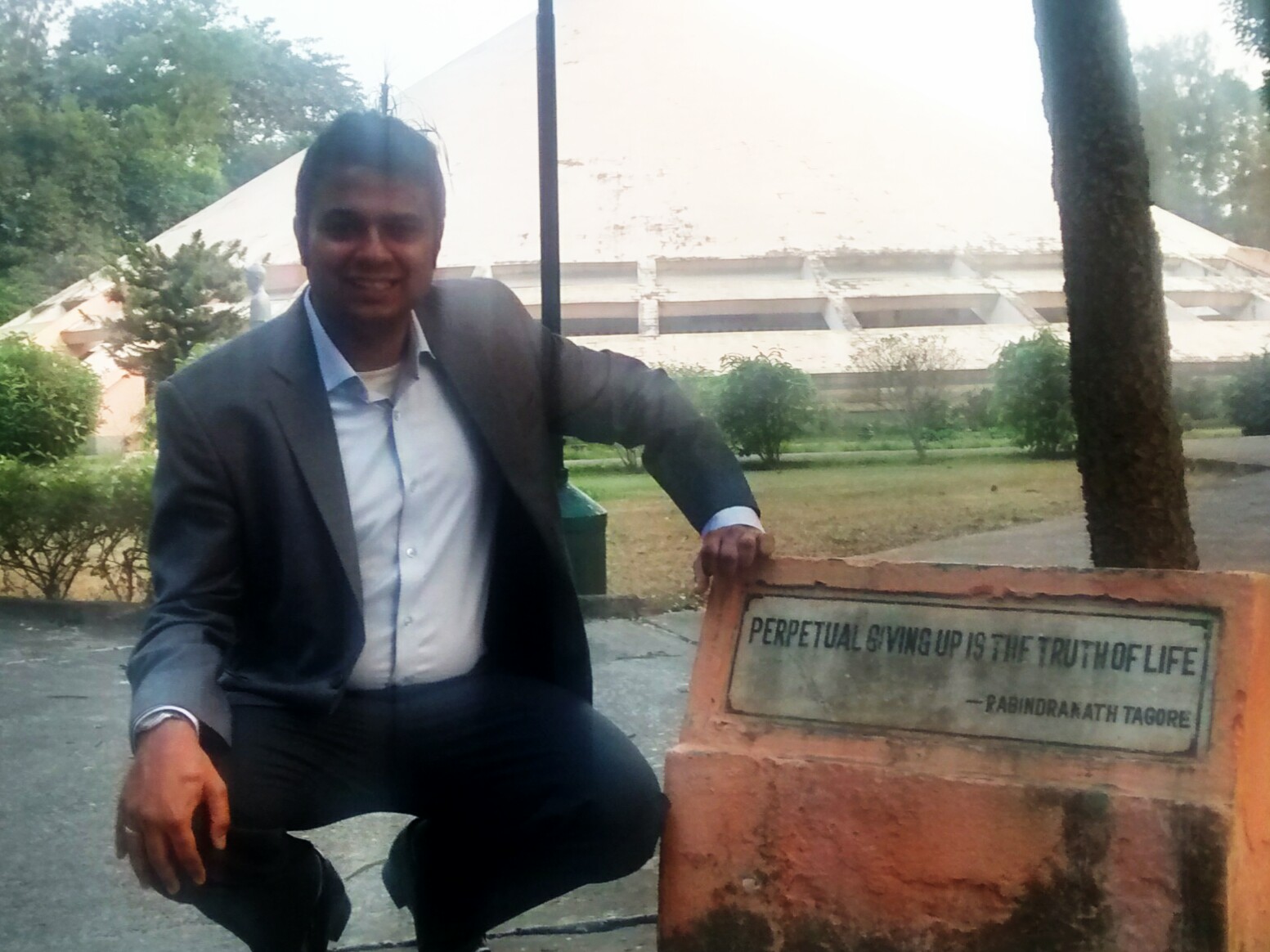So I’m currently in Jakarta. I got here on Friday evening, though we decamped to Yogyakarta for the weekend, and saw Prambanan and Borobudur. The wife is doing her mid-MBA internship at a company here, and since it had been a while since I’d met her, I came to visit her.
And since it had been 73 whole days since the last time we’d met, she decided to surprise me by receiving me at the airport. Except that she waited three and a half hours at the airport for me. An hour and quarter of that can be blamed on my flight from Kuala Lumpur to Jakarta being late. The rest of the time she spent waiting can be attributed to Jakarta’s traffic. No, really.
Yesterday evening, as soon as we got back from Yogyakarta, we went to visit a friend. Since this is Jakarta, notorious for its traffic, we landed up at his house straight from the airport. To everyone’s surprise, we took just forty minutes to get there, landing up much earlier than expected in the process.
So I’ve described two situations above which involved getting to one’s destination much ahead of schedule, and attributed both of them to Jakarta’s notorious traffic. And I’m serious about that. I might be extrapolating based on two data points (taking into the prior that Jakarta’s traffic is notorious), but I think I have the diagnosis.
The problem with Jakarta’s traffic is its volatility. Slow-moving and “bad” traffic can be okay if it can be predictable. For example, if it takes between an hour and half to hour and three-quarters most of the time to get to a place, one can easily plan for the uncertainty without the risk of having to wait it out for too long. Jakarta’s problem is that its traffic is extremely volatile, and the amount of time taken to go from one place to the other has a massive variance.
Which leads to massive planning problems. So on Friday evening, the wife’s colleague told her to leave for the airport at 7 pm to receive me (I was scheduled to land at 10:45 pm). The driver said they were being too conservative, and suggested they leave for the airport at 8, expecting to reach by 10:30. As it happened, she reached the airport at 8:45, even before my flight was scheduled to take off from KL! And she had to endure a long wait anyways. And then my flight got further delayed.
That the variance of traffic can be so high means that people stop planning for the worst case (or 95% confidence case), since that results in a lot of time being wasted at the destination (like for my wife on Friday). And so they plan for a more optimistic case (say average case), and they end up being late. And blame the traffic. And the traffic becomes notorious!
So the culprit is not the absolute amount of time it takes (which is anyway high, since Jakarta is a massive sprawling city), but the uncertainty, which plays havoc with people’s planning and messes with their minds. Yet another case of randomness being the culprit!
And with Jakarta being such a massive city and personal automobile (two or four wheeled) being the transport of choice, the traffic network here is rather “complex” (complex as in complex systems), and that automatically leads to wild variability. Not sure what (apart from massive rapid public transport investment) can be done to ease this.







